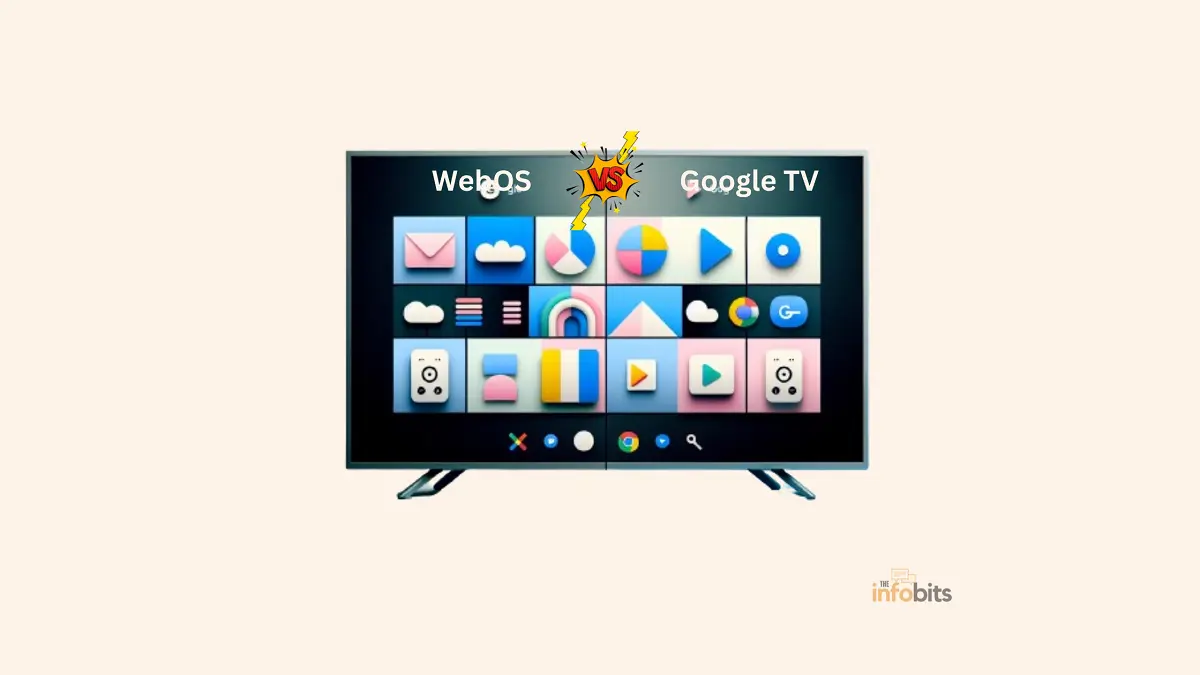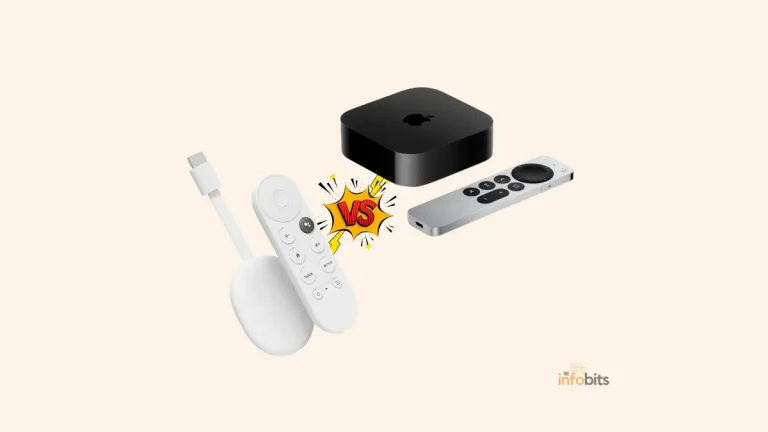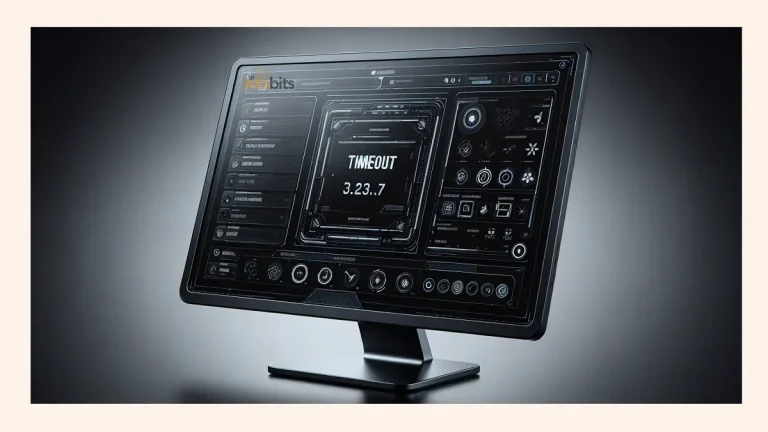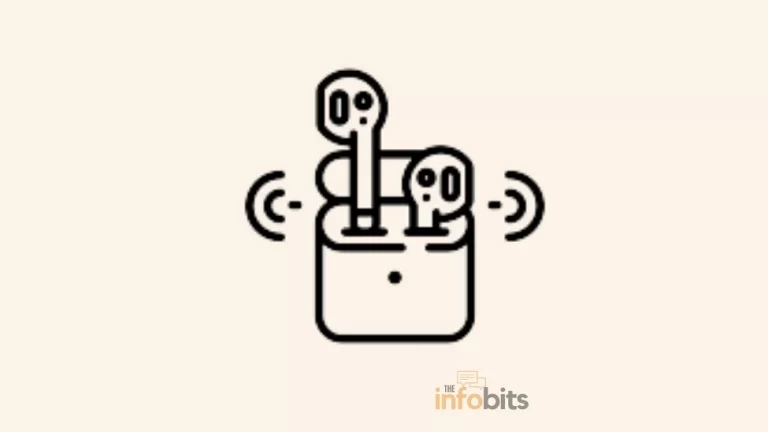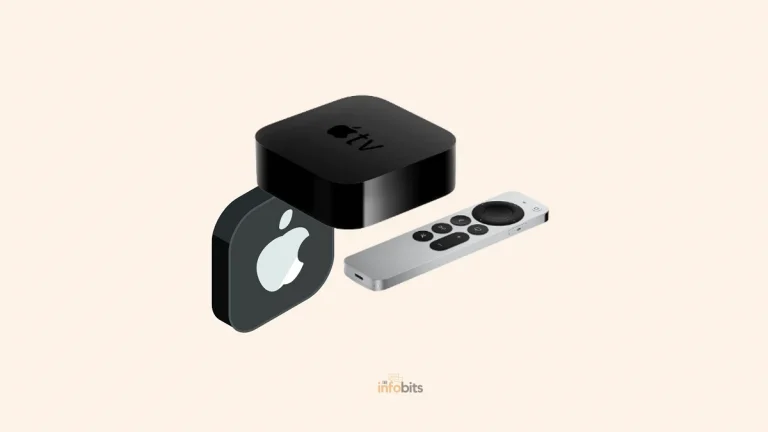Future-Proofing Your TV: WebOS vs Google TV Comparison Guide
In the ever-changing field of smart television platforms, WebOS and Google TV stand out as two of the most prominent and frequently used.
Each takes a distinct approach to enhancing the television experience by including smart features, apps, and connectivity to other devices.
As customers want to make informed selections about their next smart TV purchase or update, understanding the differences, benefits, and drawbacks of WebOS and Google TV becomes crucial.
Our detailed comparison of WebOS vs Google TV seeks to deconstruct various platforms so you can choose which one best suits your entertainment and lifestyle needs.
Introduction to WebOS and Google TV
What is WebOS?
WebOS, originally developed by Palm Inc. and later acquired by LG Electronics, is a Linux-based operating system aimed primarily at smart TVs.
WebOS has seen significant modifications since its beginnings, establishing it as a user-friendly platform that prioritizes simplicity of navigation, multitasking, and a simple interface.
LG’s WebOS adaption for smart TVs has been favorably praised, owing to its fast performance and the addition of features like ‘cards’ for recent apps, as well as a strong app ecosystem that includes all major streaming providers.
What is Google TV?
Google TV is a smart TV platform based on the Android TV operating system.
It represents Google’s vision for the future of television, combining the power of Google Assistant for voice control, tailored recommendations, and Android’s large network of apps.
Google TV’s UI provides a smooth content discovery experience with deep integration of numerous streaming services, allowing users to browse a wide range of media from a single spot.
The Evolution of WebOS and Google TV
WebOS has progressed dramatically from its smartphone OS roots to become a smart TV market standard, with LG constantly developing the system to improve user engagement and integration with other smart devices in the house.
Google TV, on the other hand, is the most recent version of Google’s attempts to conquer the living room, following Google TV’s previous incarnation and the more widely available Android TV.
The technology is built to learn from user interactions to give a more personalized watching experience over time.
Features and Specs Comparison
Interface: WebOS vs Google TV
The user interface is an important part of any smart TV experience.
WebOS has a basic and straightforward ‘blade’ interface with a launcher bar for rapid access to apps and settings.
The emphasis on simplicity allows consumers to easily navigate between different services and information.
Google TV, on the other hand, has a content-first interface that brings together shows and movies from several subscribing providers. This technique tries to decrease the amount of time consumers spend searching through each app for anything to watch.
Smart Home Integration: WebOS vs Google TV
As the popularity of smart homes grows, integration with other devices becomes increasingly vital.
WebOS provides smooth communication with LG’s ThinQ ecosystem and interoperability with various smart home standards.
Google TV uses Google Assistant for voice commands and interfaces with the larger Google ecosystem, including Nest devices, to deliver a complete smart home experience.
Both systems support popular protocols, including Apple AirPlay 2 and HomeKit, making them suitable for a variety of smart home settings.
Third-party App and Content Support
In terms of third-party app compatibility, both WebOS and Google TV provide substantial app libraries.
WebOS customers have access to the LG Content Store, which has a wide range of apps, from streaming services to games.
Because of its Android platform, Google TV has access to the Google Play Store and an even broader collection of apps.
However, the availability of individual applications varies among platforms, potentially influencing user selection based on desired content.
Performance and User Experience
Operation and Responsiveness
Performance is essential for a seamless and satisfying user experience. WebOS is noted for its responsive interactions, which allow users to traverse menus and run programs with minimal lag.
Meanwhile, the performance of Google TV varies depending on the hardware it’s operating on, since different manufacturers deploy the platform on a variety of devices with differing capabilities.
Overall, both systems work well on newer models with more powerful hardware.
Customizability and Personalization
Another area where Google TV often excels is customization, which benefits from Android’s versatility.
Users may change the appearance and feel of their home screens and prioritize their preferred content.
WebOS, while less customizable, has a feature called ‘My Channels’ that allows users to bookmark their favorite channels for quick access.
Google TV also makes tailored suggestions based on viewing patterns, which improves the discovery of new content.
Usability and Accessibility
Both platforms are usability-focused, with large icons, organized text, and voice search features to help users with varied degrees of computer knowledge traverse them quickly.
Both have accessibility tools such as text-to-speech and closed captioning, ensuring that they reach a diverse audience, including people with impairments.
These factors are critical to providing an inclusive viewing environment for all users.
Compatibility and Device Support
WebOS Compatible Devices
WebOS is largely featured on LG smart TVs, but it has also made its way into select smart TVs from other manufacturers, as well as gadgets like the LG SmartThinQ fridge and the LG Watch Urbane.
LG’s commitment to building a single ecosystem means that WebOS is designed to work smoothly with its line of devices and appliances, providing LG consumers with a consistent experience.
Google TV Compatible Devices
Google TV, being a more popular platform, is accessible on a broad range of devices from different manufacturers.
Aside from serving as the primary interface for Chromecast with Google TV, it may also be found on Sony, TCL, and other televisions.
Because of its Android basis, Google TV is compatible with a wide range of hardware, providing users with a more diversified selection of devices and price points.
Pros and Cons of WebOS and Google TV
Advantages of WebOS
One of WebOS’ key advantages is its simple and easy interface, which promotes use and speed.
The platform also integrates well with other LG devices, providing a consistent experience for LG ecosystem consumers.
Furthermore, WebOS has a solid reputation for long-term stability and reliability.
Disadvantages of WebOS
However, WebOS does not come without its limitations. The platform may feature fewer apps than Google TV due to its more limited environment.
Furthermore, while it does have customization choices, they are not as broad as those provided on Google TV, which may hinder users who love customizing their user interface to a greater extent.
Advantages of Google TV
Google TV’s Android origins provide it with a huge app library and customization possibilities.
The platform’s emphasis on content discovery and connection with the Google ecosystem, which includes Assistant and Nest products, makes it an appealing option for those who have already invested in Google services.
Furthermore, the ability to utilize Google TV on a variety of devices makes it accessible to a larger user base.
Disadvantages of Google TV
On the flip side, Google TV’s performance varies greatly depending on the device, and the user interface, while rich in capabilities, may be confusing and overwhelming for certain users.
Furthermore, Google’s relentless drive for tailored content may not appeal to many users, particularly those worried about privacy and data consumption.
WebOS vs Google TV : Final Verdict
To summarize, both WebOS and Google TV provide strong reasons for adoption, each with its ideology on how a smart TV should function.
WebOS stands out for its simplicity and dependability, making it excellent for people looking for a straightforward and stable smart TV experience. Google TV excels in customization and app diversity, appealing to those who want a more connected and configurable platform.
Ultimately, the decision between WebOS and Google TV will be based on your particular preferences, the devices you use, and how you interact with information.
As the ecosystem evolves with breakthroughs and upgrades, competition between these two platforms is expected to promote even more innovation and benefits for the end user.
Please share this article of WebOS vs Google TV with your friends and relatives if you find it useful.
We also ask that you bookmark this page for future reference, as we are constantly updating our articles with new information.
Sign up for our free newsletter as well to receive fresh information immediately in your inbox and keep technically up to date.

